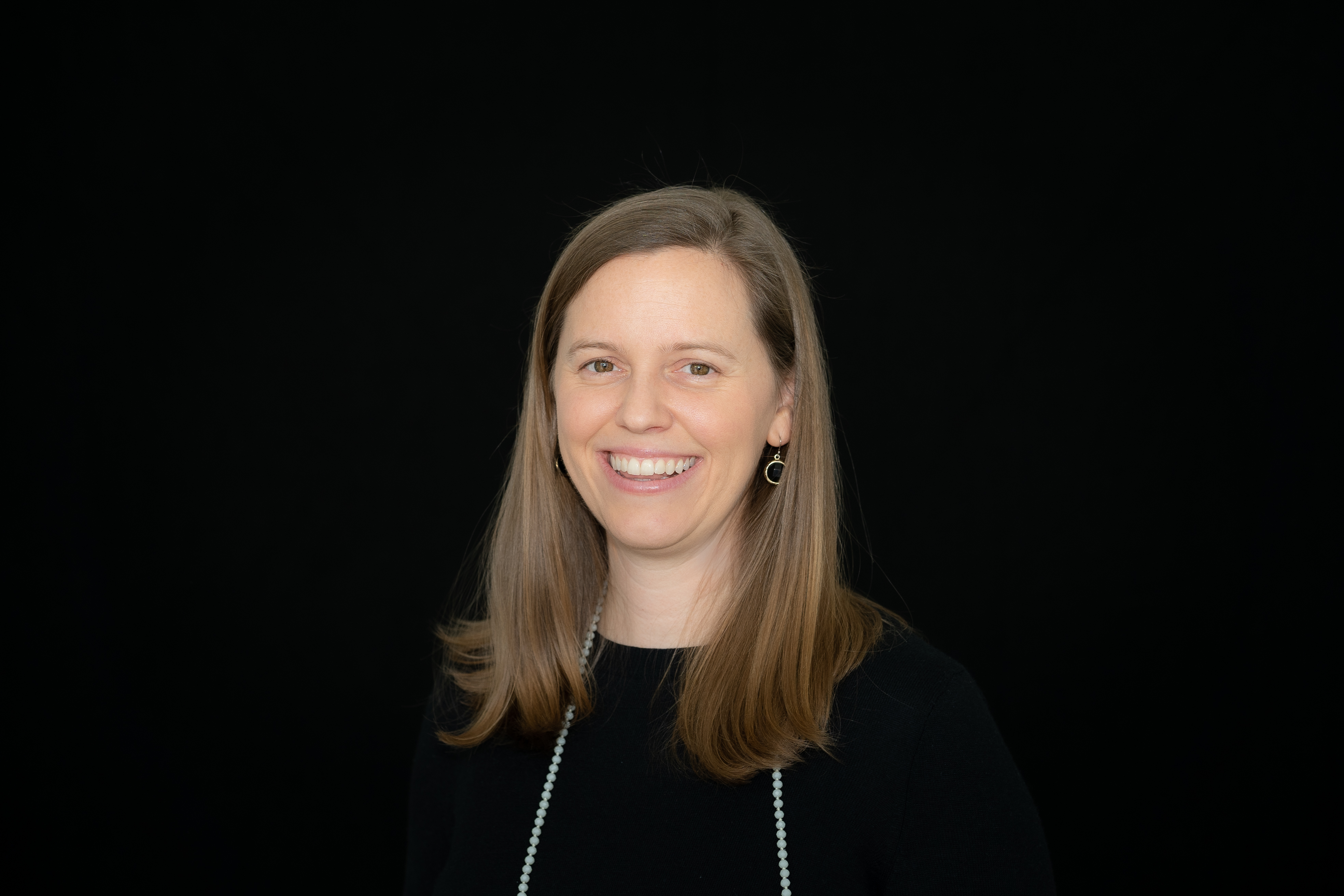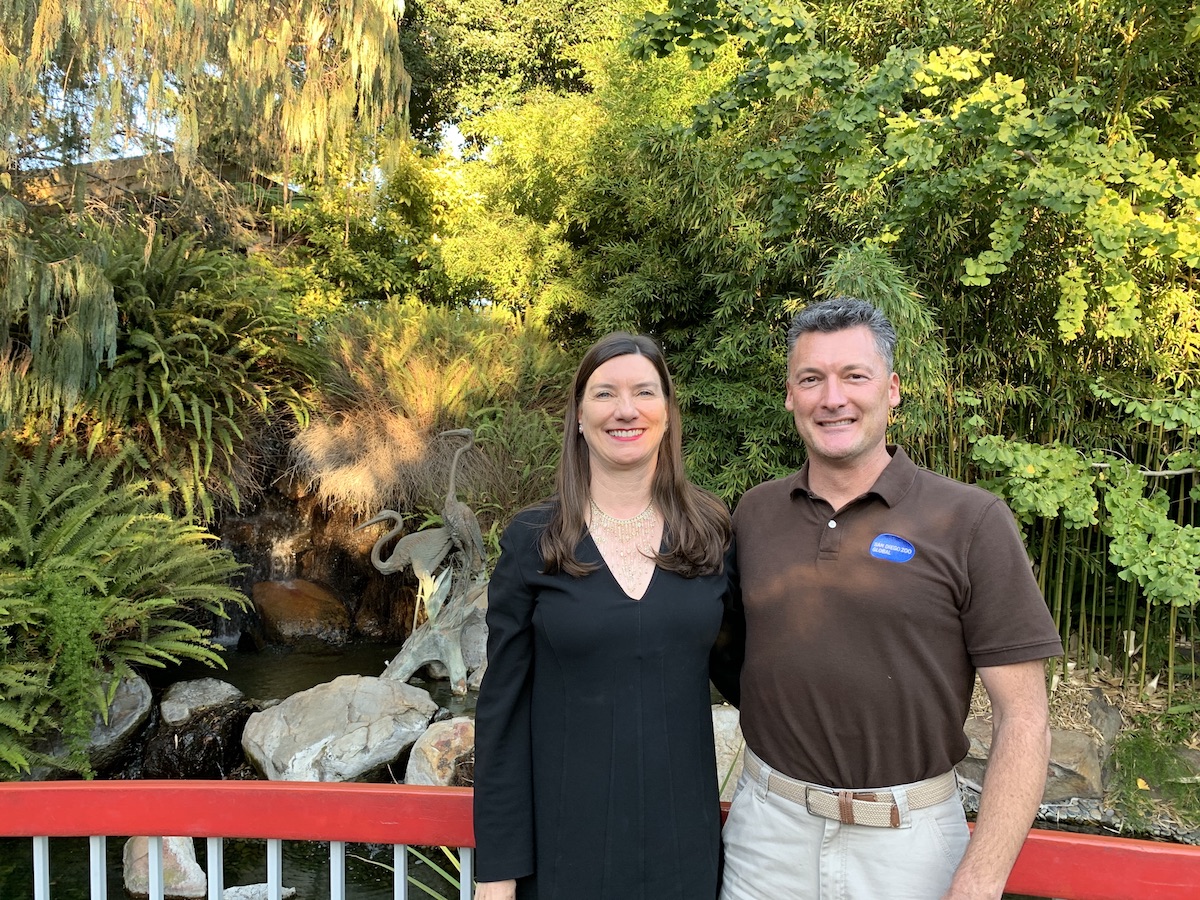San Diego Zoo Shares a Message of Hope for Children and Wildlife
By Amy Jacques
April 2020
My son has had the same cancer three times, so I cry a lot, but when we watch the animals on the kids channel together I don’t cry. It gives me hope.
My five-year-old daughter went blind recently, and hasn’t really spoken since. We were cooking and watching the kids channel, and we heard squealing — she was laughing and making elephant sounds.
A patient was watching the story on the baby giraffe being bottle-fed. At the end, he goes, ‘baby.’ Everybody started crying because they thought the child only knew three words, but realized, through this, he had the ability to learn more.
These are just a few of the stories that Debra Erickson, marketing director, and Rick Schwartz, zookeeper and spokesperson, shared about their work at the San Diego Zoo.
Schwartz is on a mission to “connect people to nature, inspire them and [help them] be good stewards of the environment locally and globally.” He’s passionate about his work both as a keeper and as an ambassador communicating about the Zoo, especially the San Diego Zoo Kids program, which is a TV network that brings 24/7 animal-themed content to 291 children’s hospitals and Ronald McDonald Houses across the U.S. and in 11 countries.
“It’s a channel that gives hope,” Erickson says. “I have seen this channel save children’s lives; it helps distract children and bring them joy. Of these hospitalized kids, 87 percent say the channel makes them happy.”
She and Schwartz and their team also make visits to these locations with the animals for healing therapy, visiting the children who can’t make it to the zoo themselves.
One of the best part’s of Schwartz’s job, he says, is “seeing people connect with the animals — you can see joy, curiosity and excitement. Through storytelling and engagement, I can say, ‘This is what’s going on with them in the wild; this is what we’re doing to save them. Won’t you join us?’”
Here, Erickson and Schwartz discuss their work at the San Diego Zoo, from animal conservation and storytelling to programming the San Diego Zoo Kids channel and the healing power of animals.
On your mission and being an environmental steward:
Rick Schwartz: I’ve always gravitated toward animals. It’s always been the place where I feel the most comfortable. And that’s why I started a career of working with animals. As a child, I didn’t know that was a career option. But if ever there was an animal around, I would be there with them. When I found out it could be a career, I was like: “That’s what I want to do with my life because it just feels right for me to be around animals.”
I started at the San Diego Zoo as a part-time keeper in November of 2000; I landed in the children’s zoo as a part-time keeper. Almost all the animals there are part of our education program — they were hand-raised by humans, so they became good candidates to work in public with us to educate people, and do outreach programs and local media.
About nine years into that, the organization opened a temporary position for spokesperson for a new part of our zoo to celebrate a big launch… [Eventually, I] was asked to stay on permanently.
On the role of the communications team:
Debra Erickson: It is an honor and challenge to be at the helm of communication for a world-famous brand that’s over 103 years old. I feel fortunate I have a skilled team that comes from a variety of different backgrounds — nonprofit, for-profit, experience working at very small places and large corporations, and in the zoological field.
By having a talented [comms] team of 47, with a lot of in-depth experience, we’re able to work together in an integrated fashion with the rest of the members of the marketing team to come up with, and prioritize, the stories that we feel are most important to share with the outside world.
On PR messaging branding:
DE: In the past, you would see an advertising campaign or read a press release, and then get different messages when you were on grounds. Now, it doesn’t matter if you see an ad, read a release, see a video, or come on grounds, read the signs or talk to one of the interpreters. We have standardized messaging and stories for the Zoo and Safari Park.
We created an umbrella of the organization’s three key messages: San Diego
Zoo Global is a conservation organization; wildlife is in danger; and you can help. So that is broad, and then all the other messages and story go beyond that.
RS: Our message and mission as an organization attracts people with that same passion, so it doesn’t feel like you have employees parroting back standardized message points they’re supposed to say. It is a part of who we are.
On reaching your audience:
RS: I do a lot of my own social media. It’s kind of like doing your own stunts; it can be dangerous. Part of storytelling is to have something that can get somebody hooked. If I, as an individual on my zookeeper account, or our organization, as San Diego Zoo or Safari Park, only kept hammering away at the challenges wildlife faces in the wild — how these endangered species are on the brink of extinction — you would quickly make for an audience that doesn’t want to tune in anymore because those stories are sad, and I’m not on my phone to be sad.
But those are the truths that the organization is dealing with in conservation, and so we have to find that delicate balance of having some fun — animal puns, cute pictures — but also reinforcing that that’s not the only reason we’re here.
We are an organization that recognizes the challenges wildlife faces, and we think they’re adorable and we can have some fun with wordplay, but we also hope you will join us — not just in celebrating how cute and fun they are, but also in their preservation and conservation. And that’s the foundation of the angles we take in social media.
On social media measurement:
DE: An important factor with social media is measurement; we measure every month. It’s challenging — we have two people now and 18 platforms. So to manage that and to keep up the quality with the posting is a challenge. It’s hard to leave a platform behind. We were on Google Plus a long time, and we measured — it didn’t work, it didn’t make sense.
We look at all of our measurements every month and figure out where are we going to invest and where are we going to cut back, as far as what platform makes sense and how it’s going to integrate into the marketing campaigns we do.
On San Diego Zoo Kids:
DE: It’s been a six-year journey. We came up with the concept and had a lot of video footage we thought we would repurpose — our video news releases. We hired someone to go through 10 years of video, and figure out what was still usable and what would make sense to kids. We decided that we were going to target ages 7-11.
Parents love the content and kids are excited to be able to watch it. When we did our first evaluation with the children’s hospital in South Dakota, they loved it but they said it’s really repetitive. So we were recycling three hours, eight times a day (24 hours), and thought we can start making these 20-22-minute programs.
As for storytelling, what’s been fulfilling is we’ve partnered with more than 50 zoos and aquariums around the world. So we’re not only telling our stories, we’re able to tell their stories. The medical stories really resonate with the children, and especially with their parents.
On healing therapy:
RS: This is a wonderful extension of our original program that we have been doing for a long time at the Zoo. We go to Rady, our local children’s hospital, once a month with animals into a gathering room with the kids. If there are any children who can’t make it, we have the animals come to them and we’ll walk the hallways and do room visits.
The San Diego Zoo Kids program has been a wonderful extension where we can take the zoo to those who can’t come to the zoo. And for a lot of them, we hold media events with the regional or local zoo or aquarium because we can’t do this on our own. Being able to partner with them to tell some of their stories and put that on the channel is wonderful because it gives those children a chance to see their own local zoo, something they may have already seen or want to see once they’re out of the hospital.
On a favorite project or something you’re most proud of:
DE: I have seen this channel save children’s lives; it helps distract children and brings them joy. What tool could you think of creating that would impact over 50 million children around the world?
RS: San Diego Zoo Kids by far — when I had the opportunity to bring animals to children’s hospitals — and we go to senior centers as well — you would see people engage and light up — their eyes, everything. They would either share stories about a pet at home or a time they went to the zoo — or if they grew up on a farm maybe, if they were a senior citizen.
On conservation and saving the animals:
DE: Conservation has been a vital part of my career, and our vision is to lead the fight to end extinction. When I was younger, and there were only three California condors left in the wild, I went up to Mount Pinos and saw them soar in the sky. I cried because I thought, they will never fly free again.
At that time, when they brought them in, there were only 22 California condors left on this planet. But due to the ingenuity, expertise and perseverance of the team from San Diego Zoo, there are now over 400 condors on this planet and half are flying free. What other organization can say they brought a species back from the brink of extinction?
photo credit: amy jacques



